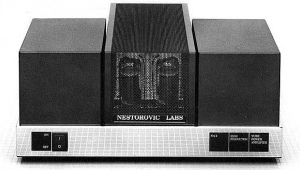| Columns Retired Columns & Blogs |
J. G. Holt was obviously describing a form of switching power supply. It is strange that he does not name the thing since these had been invented decades before and the term SMPS was introduced in 1976 by IBM. Switching power supplies had been used in digital systems long before the 80s. Was it the first time he encountered one of these?







































